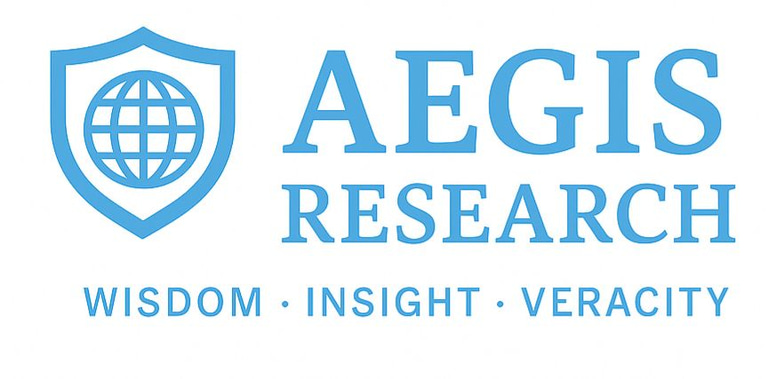XENOPHOBIA AND COVID-19 AID TO REFUGEE AND MIGRANT COMMUNITIES IN PENANG
Republished - Contemporary Southeast Asia Vol. 43, 2021 ISEAS – Yusof Ishak Institute 2021.
JOURNAL & REPORTS
Dr. Azmil Tayeb & Dr. Por Heong Leong
6/20/20251 min read


Photo: Hostinger.com
Introduction
On 18 March 2020, the Malaysian government announced a Movement Control Order (MCO) in an attempt to contain a rise in COVID-19 cases across the country. The MCO compliance rate was near universal and the hashtag #kitajagakita (we look after us) trended as Malaysians from all walks of life came together to face the scourge of the pandemic. Amid these efforts, in mid-April, a rickety boat of more than 200 Rohingya refugees tried to land on the island of Langkawi in northern Malaysia. Ultimately, the authorities turned the boat away. The episode triggered a vicious wave of xenophobia among a broad cross-section of society, directed towards Rohingya refugees already staying in Malaysia. Prior to this, the Rohingya had been generally welcomed in Malaysia and had never encountered such rancour. The federal government actively supported this sentiment, so much so that current and former immigration and intelligence officers set up Facebook pages where the public could denigrate and report on Rohingya refugees (Facebook later took down these pages). Angry calls emerged to deport them back to Myanmar or Bangladesh. The authorities went so far as to round up hundred.............
